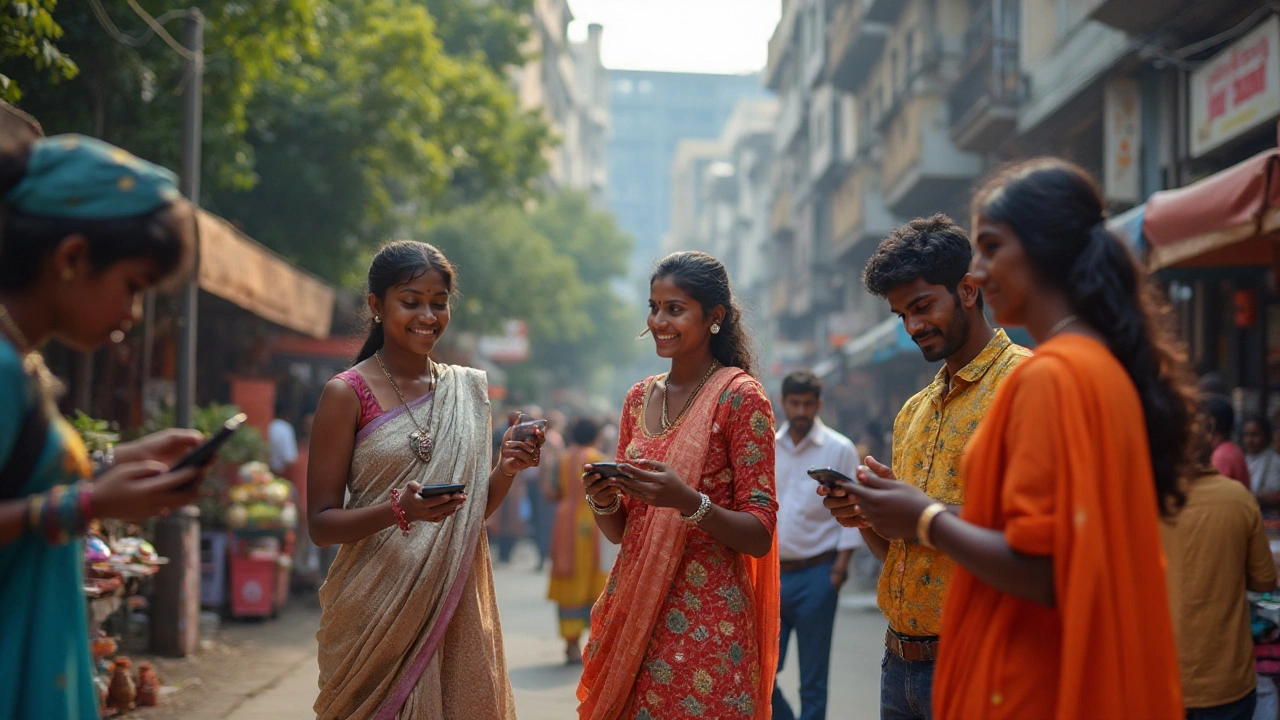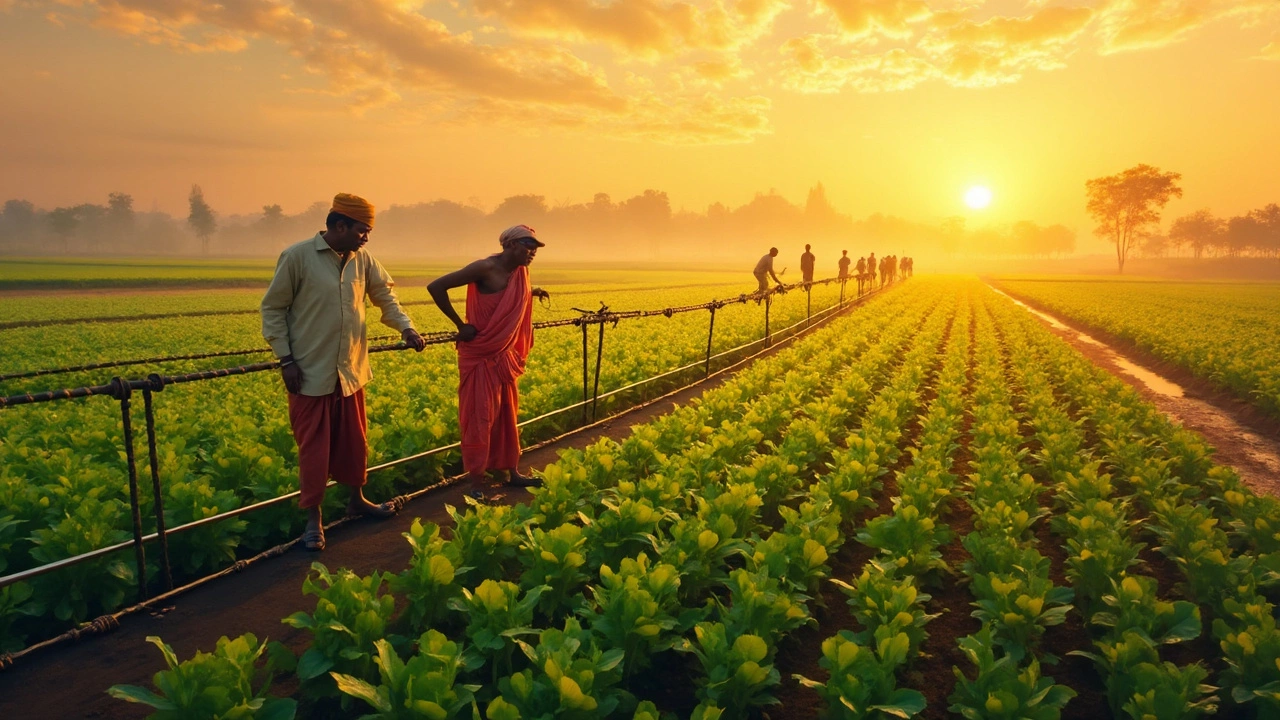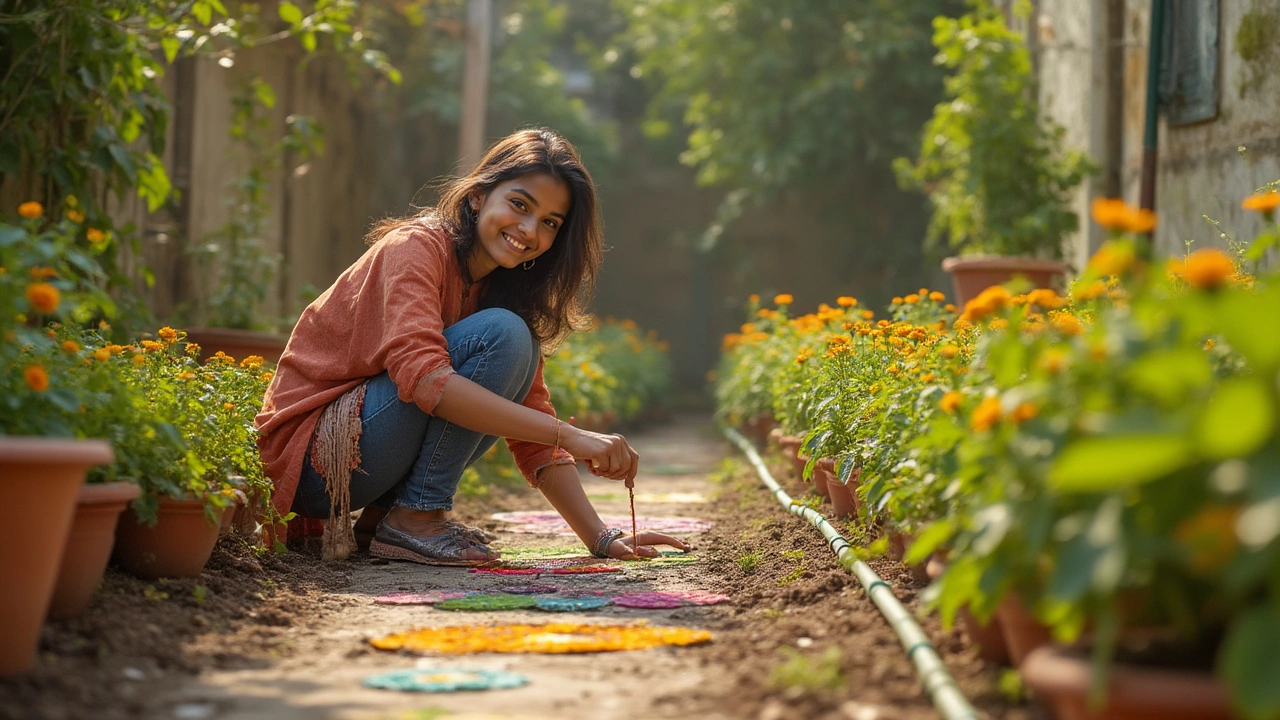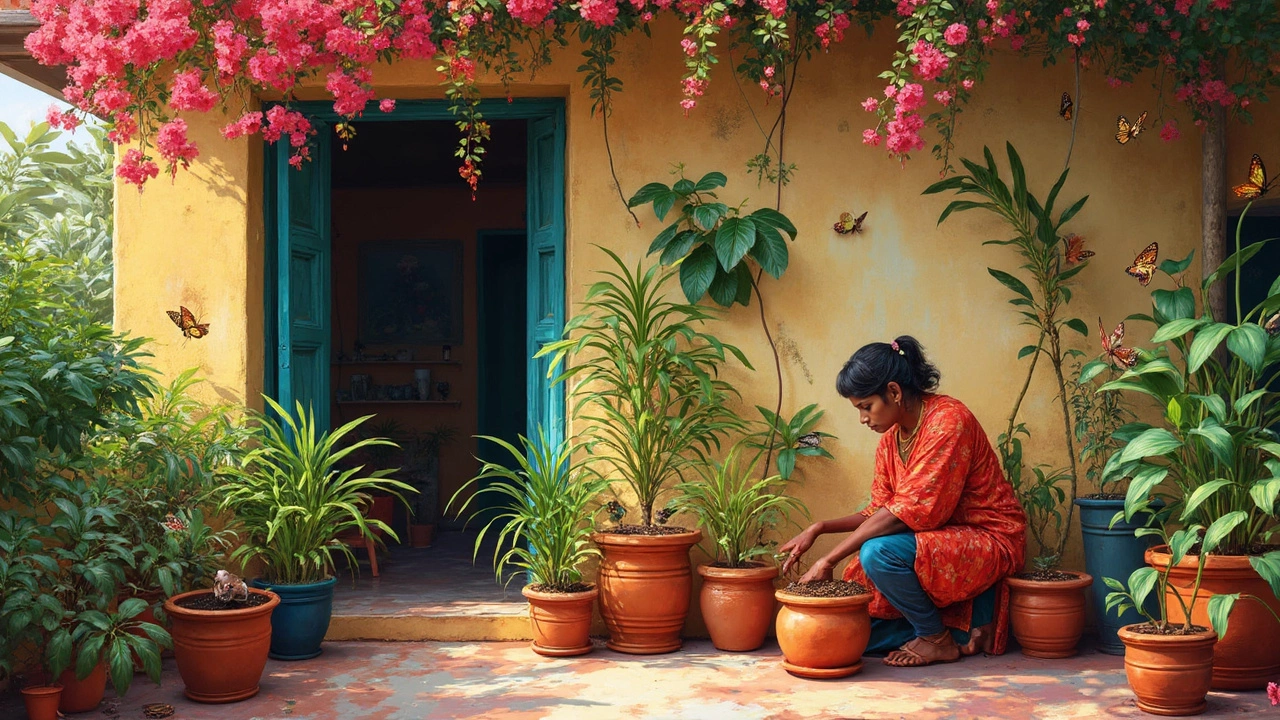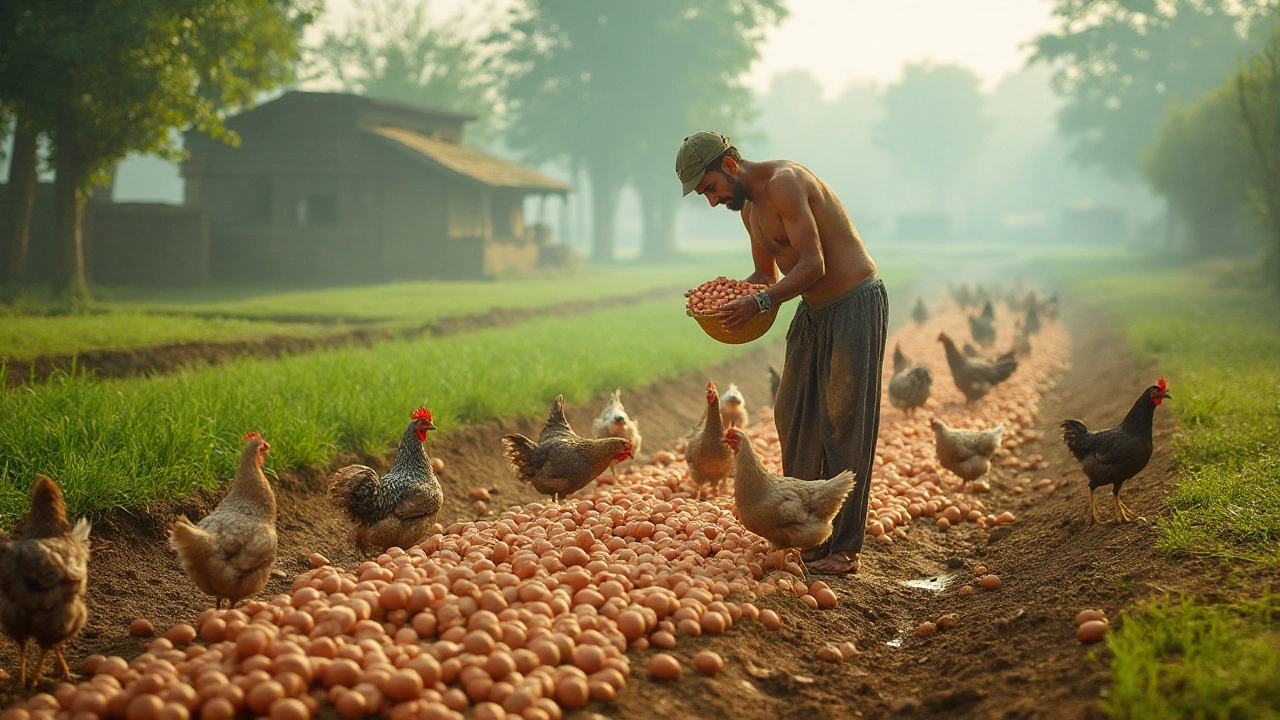King of Flowers in India: The Rose and Its Majestic Story
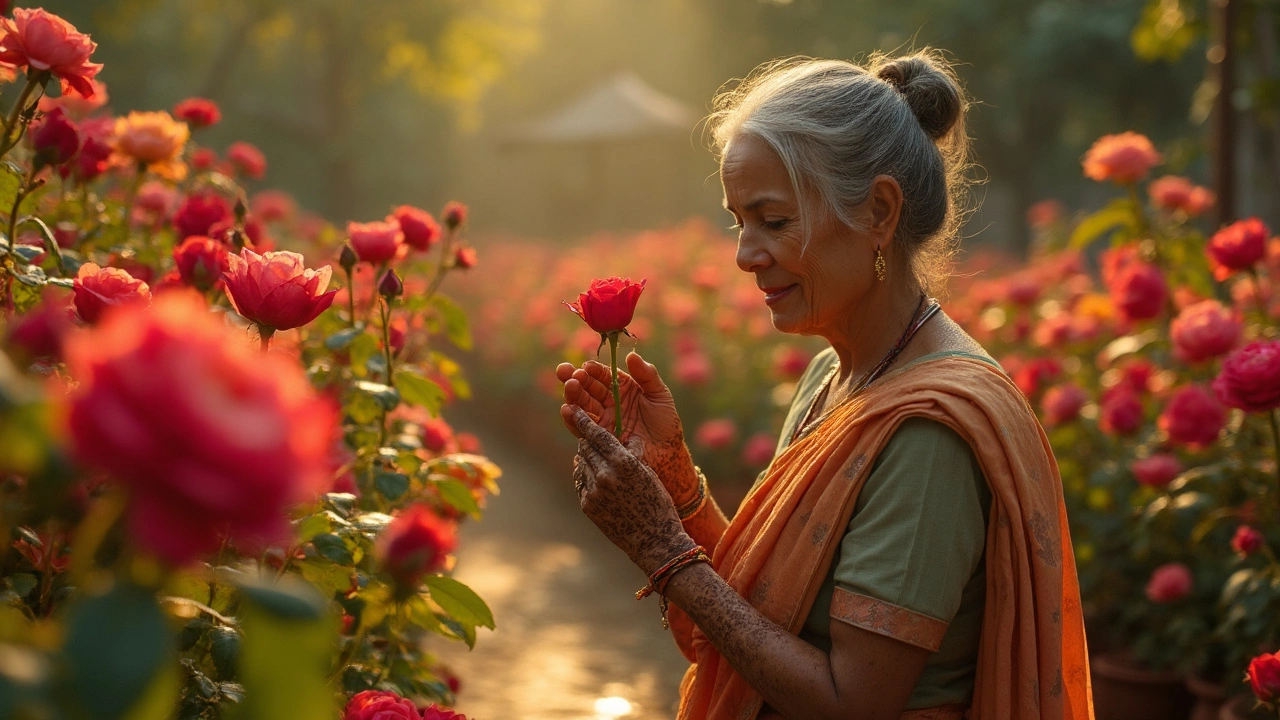
The rose isn’t just any flower in India—it’s straight-up royalty. When someone talks about the “king of flowers,” everyone knows they’re talking about the rose. Ever wondered why this one flower stands out among a country full of color and blooms? It’s not just about beauty. The rose shows up everywhere: pujas, weddings, government buildings, garlands, and even in the hands of politicians. If you step into a garden in Agra, Kolkata, or Chennai, chances are the boldest flower you’ll spot is a rose.
But here’s what really makes the rose special for Indian gardeners. Unlike delicate flowers that throw tantrums when the weather gets crazy, roses are tough. They put up with harsh sun, muggy monsoons, and even a little neglect without losing their charm. That makes them not just pretty, but practical for home gardens—even if you’re not a green thumb. People love them for their strong fragrance, endless color options, and the fact that they bloom in most seasons if you play your cards right.
- The Royal Title: Why the Rose Rules
- Historic and Cultural Roots
- Popular Rose Varieties in India
- How to Grow Roses Like a Pro
- Common Problems and Smart Fixes
- Quick Tips and Lesser-known Facts
The Royal Title: Why the Rose Rules
Ever noticed how every time someone asks about the “king of flowers” in India, the answer comes quickly? It’s the rose, hands down. Here’s the thing—roses aren’t just celebrated for their looks. They’ve been part of India’s culture, rituals, and even politics for centuries. Whether it’s for a temple offering or Independence Day celebrations, roses steal the show, no matter the occasion.
Here are a few facts that set roses apart in India:
- In nearly every Indian state, roses are a go-to choice for official garlands and decorations at big events.
- Jawaharlal Nehru, India’s first Prime Minister, was rarely seen without a red rose pinned to his jacket.
- Roses are a steady export, with India shipping out around 60 million rose stems each year, mainly around Valentine’s Day.
- From classic red to bright yellow and even green, Indian rose varieties cover nearly every color you can think of—no small feat for any flower.
Why does the rose keep its throne when there are so many other flowers around? It’s not just hype. Roses are packed with practical perks: they stand up well to heat, thrive with some basic care, and you can grow them in fancy gardens or just a pot on the apartment balcony. That means you don’t need tons of space or special skills to give it a try.
To get a real sense of how big a deal roses are, check out these rough stats about the flower industry in India:
| Stat | Value |
|---|---|
| Roses in total Indian flower production | About 33% |
| Approximate value of rose exports (2023) | ₹430 crore |
| Main rose-producing states | West Bengal, Maharashtra, Karnataka, Tamil Nadu |
| Peak demand season | Valentine’s week (Feb 7–14) |
So if you’re thinking of adding some "royal" spark to your garden or balcony, you really can’t go wrong with the rose. It’s earned its title, and it’s here to stay—both in tradition and in the dirt beneath your fingernails.
Historic and Cultural Roots
The rose isn’t just the king of flowers because it looks good—its history in India runs deep. Long before social media and YouTube hacks, emperors and royals were obsessed with roses. Look at the Mughal era. Emperor Babur, the founder of the Mughal dynasty, loved roses so much that he wrote about them in his autobiography. Akbar and Shah Jahan (the same guy who built the Taj Mahal) had entire gardens dedicated just to growing different kinds of roses.
Roses were more than garden decor. They were often used in perfumes and ittar (traditional Indian fragrances). Even today, Kannauj in Uttar Pradesh is famous for distilling rose oil, a trade nobody’s managed to beat for centuries. At Indian weddings, rose petals are a must for everything—from showering newlyweds to flavoring sweets like gulkand.
Hindus use roses in temple rituals. You’ll see them in garlands, offering plates, and even floating in temple ponds. In Sufism, roses symbolize the journey of the soul, and it’s common to see rose water being used in dargah ceremonies. No other flower gets this much love from so many communities.
| Historic Use | Modern Use |
|---|---|
| Mughal gardens, perfumes, royal events | Weddings, religious rituals, skincare, cooking |
| Gulkand and rosewater in cuisine | Rose jams, desserts, rose tea, ittar |
If you travel through India, you’ll notice some places celebrate the rose with full-on festivals. Chandigarh’s Rose Festival draws around 20,000 visitors every year—just for roses! Whether for royalty, rituals, or romance, the rose pretty much checks every box in Indian culture.
Popular Rose Varieties in India
India is obsessed with roses, but not all roses are the same. There’s way more than the classic red ones you see at flower shops. Knowing the main types can help you pick the right variety for your garden, depending on your local weather and how much work you want to put in.
- Desi Rose (Indian Rose): Also called Rosa indica, this old-school favorite is super tough and withstands the Indian heat like a champ. The blooms might look simple, but don't underestimate their fragrance. They're great for hedges or wild-looking gardens.
- Hybrid Tea Roses: These are the "movie star" roses—big, bold, and the ones most people think of on Valentine’s Day. They come in all sorts of shades, from classic red to yellow and white. Hybrid teas love a bit of care: good sun, manure, and pest control.
- Floribunda Roses: These are the multitaskers, giving bundles of colorful blooms together. You’ll spot them in parks and home gardens because they just don't quit. They're great for mass planting and produce regular flushes of flowers, even through mild winters.
- Miniature Roses: If you don’t have much space, go for minis. Balcony gardeners swear by them because they look adorable in pots and baskets. They produce tiny but vibrant blooms all year with basic care.
- Climbing Roses: Want to train your rose over a gateway or a pergola? These are your go-to. They send out long shoots and, with some tying, will give a dramatic curtain of blooms. Common climbing types include ‘Climbing Peace’ and ‘Don Juan’.
If you’re after numbers, roses come in over 150 species and thousands of hybrids in India alone. Garden shows, especially in Delhi and Bengaluru, display dozens of varieties each January and February.
| Variety | Best For | Blooming Season | Where You'll Find Them |
|---|---|---|---|
| Desi Rose | Low maintenance gardens, hedges | Year-round (peaks in winter/spring) | Old gardens, temple areas, countryside |
| Hybrid Tea | Cut flowers, bouquets | Winter to early summer | Florists, urban home gardens |
| Floribunda | Mass planting, parks | All seasons (best in cooler weather) | Parks, society gardens |
| Miniature | Balconies, pots | Anytime (with good care) | Apartment gardens, patios |
| Climbing Rose | Arches, trellises | Late winter to early summer | Entrances, boundary walls |
If you want to get the best out of your king of flowers, super-sunny spots and regular watering work wonders. Most Indian gardeners prefer varieties that can handle a bit of neglect and bounce back after summer showers. When you pick a rose, always check how it matches your local climate and garden space. No one wants a fussy plant that refuses to bloom!
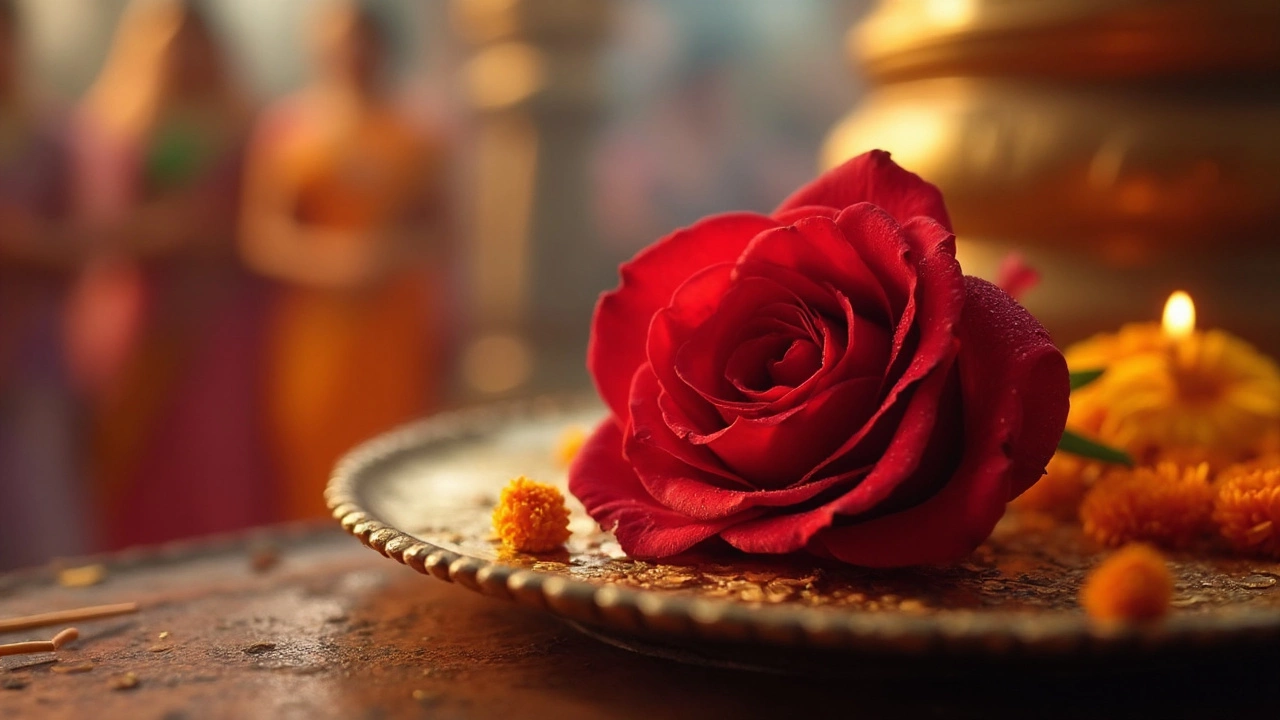
How to Grow Roses Like a Pro
Let’s make growing roses in India simple. You don’t need a fancy greenhouse or expensive tools. What matters most? Picking the right spot, getting the soil right, and not drowning your plants with love (or water).
First, go for a spot that gets at least 5-6 hours of direct sunlight. Roses love soaking up the sun, and in places like Delhi or Hyderabad, morning sun is best to avoid baking the leaves in peak afternoon heat.
- Soil: Roses aren’t picky, but they perform best in slightly acidic soil (pH 6-6.5). Mix compost or aged cow dung into your soil for a good start. If you see water collecting, you need better drainage—roots rot fast if they sit wet.
- Planting Time: North India? Best time is October-November. In the south, aim for June-July before rains pick up. This gives the plant a jump start when the weather is mild.
- Spacing: Don’t crowd your plants. Keep at least 2-3 feet between each bush. This lets air flow, keeps leaves dry, and saves you from a pest headache later.
- Watering: Roses don’t want to swim. Water deeply, once or twice a week—less in winter, more in summer. Always water at the base, not overhead, to keep fungus away.
Regular pruning is the secret weapon. Cut away weak or dead branches in late winter. This actually pushes the plant to grow more fresh, flowering shoots. Use clean garden shears—dirty blades just spread diseases.
| Factor | Ideal Condition |
|---|---|
| Sunlight | 5-6 hours daily |
| Soil pH | 6.0 - 6.5 |
| Best Planting Season | Oct-Nov (North), Jun-Jul (South) |
| Spacing | 2-3 feet per plant |
| Watering | 1-2 times/week, at base |
Feeding matters too. Roses are hungry plants. Apply a balanced fertilizer every six weeks during the growing season. Homemade compost or a handful of neem cake powder keeps things organic and the blooms healthy. And here’s a tip: deadhead spent blooms (just pinch or snip off faded flowers). This tricks the plant into making more new blooms instead of turning flowers into seeds.
Stick to these simple steps and you’ll see why the king of flowers doesn’t need royal treatment—just a bit of thoughtful care from your end.
Common Problems and Smart Fixes
If you’ve ever tried growing roses in your home garden, you’ve probably run into problems like black spots, powdery mildew, or that weird yellowing of leaves. Don’t panic—it happens to everyone. Here’s a rundown of the top issues rose growers in India face and what actually works to fix them.
- Black Spot: These are tiny, black, round spots on your rose leaves that turn them yellow and make them drop off. It comes from too much moisture and poor airflow. To fix it, always water at the base and not on the leaves, prune crowded bushes, and use a simple fungicide spray (sulphur-based ones are popular with Indian gardeners).
- Powdery Mildew: This looks like someone sprinkled flour on your roses. It hits hardest during humid months. Don’t splash water on the leaves, improve air circulation, and go with neem oil or a baking soda spray if things look bad.
- Pests: Aphids and spider mites love roses. If your buds look deformed or sticky, you’ve probably got aphids. Blast them off with water, introduce ladybugs (the natural predator), or spray neem oil. For spider mites, try a strong water jet or a mild soap solution.
- Deadheading Trouble: If you skip deadheading (removing old blooms), your plant wastes energy on seeds instead of new flowers. Snip off dead heads regularly for more blooms.
One mistake many folks make—overwatering. Roses don’t need water every day, even with India’s heat. Water deeply and let the soil dry out a bit before watering again. Here’s a rough idea of what common issues show up and how often people encounter them in India:
| Problem | Peak Season | % of Rose Growers Affected | Quick Solution |
|---|---|---|---|
| Black Spot | Monsoon | 65% | Prune, fungicide, water at base |
| Powdery Mildew | Late winter/early summer | 40% | Neem oil, improve airflow |
| Aphids | Spring | 50% | Water spray, neem oil |
| Yellowing Leaves | Anytime | 30% | Check drainage, don’t overwater |
If your leaves are yellow but the veins stay green, it’s probably an iron deficiency—use chelated iron, easily found at any nursery. Remember, most rose troubles are about giving them too much love (water or fertilizer) or too little attention (ignoring pests). Watch the plants, make small changes, and you’ll keep the king of flowers in your garden looking as proud as ever.
Quick Tips and Lesser-known Facts
Got roses? Want them to actually look as good as those you see in public parks? Here’s the stuff most people forget but makes all the difference—plus a few facts you probably didn’t know about the king of flowers in India.
- Morning sun is your friend. Roses need at least 6 hours of direct sunlight, but they’re not fans of heavy afternoon heat. East-facing spots work best.
- Don’t drown them. Too much water invites fungus. Always water early, aiming right at the base, not the leaves.
- Prune in late winter (around January or early February) if you live in North or Central India. This keeps your plants bushy and full of new blooms.
- Banana peels aren’t a myth—chop them up and bury them near your rose roots for a cheap potassium boost.
- Deadhead spent flowers like it’s your part-time job. It forces the bush to send up new buds instead of wasting energy on making seeds.
- Mint plants nearby? Watch out—they can attract pests. Marigold, on the other hand, actually protects your roses from bugs without chemicals.
| Fact | Details |
|---|---|
| Color Range | Indian roses grow in over 100 colors, except true blue and black. |
| World Records | Indians once set a record in Pune for the largest rose garland, stretching 1.5 km long in 2016. |
| Cut Flower Life | Cut Indian roses stay fresh for up to 9 days with daily stem trim and water change. |
| Medicinal Uses | Locals use rose water to soothe skin and even as an eye rinse for minor irritation. |
Here’s a pro move: if your rose leaves start showing tiny white spots or powdery stuff, don’t panic. Mix 1 spoon of baking soda in a litre of water and lightly spray the leaves. It’s a classic hack for keeping fungal issues in check—way cheaper than buying fancy sprays. And never, ever let your pruning shears collect rust. A quick wipe with oil keeps plants and tools healthy.

